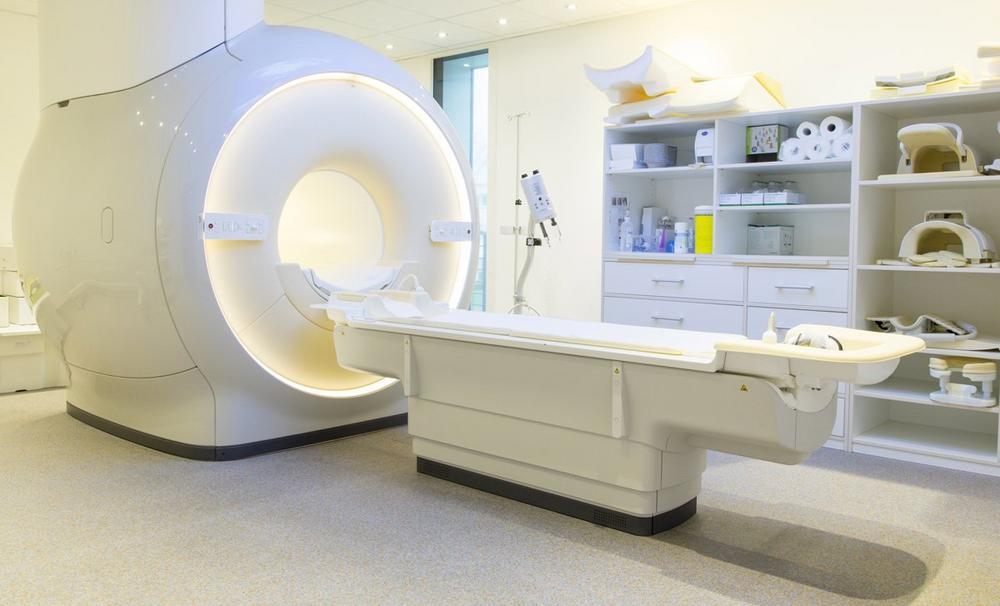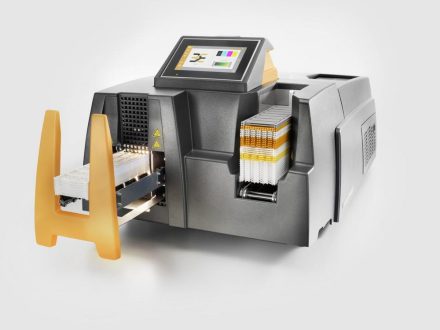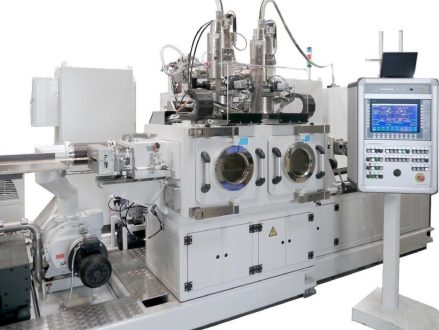
Customer Success Story: Early Detection via MRI – an Amagnetic Lithium Polymer Battery for northh medical
Usually the MRI method is excellently suited for the imaging of organs. However, anyone who has ever been inside the MRI tube himself will remember the radiologist’s instruction: "Do not move under any circumstances during the 10-minute examination!”
MRI imaging is very slow, so any movement affects the quality of the image produced. However, as a beating heart is by definition constantly in motion, cardiac imaging via MRI has proven itself to be a very difficult task so far.
The Goal: Cardiac Imaging via MRI
So this is where northh medical comes into play with its new developed product “smart sync”. "Smart sync synchronizes the heartbeat of the fetus with the MRI. As a consequence, the heart can be displayed in much better quality than before," says Christian Ruprecht. This enables MRIs to produce cardiac images in diagnostic quality, contributing to the detection of fetal congenital heart defects.
This is how it works: In the first step, the device uses an ultrasonic probe to determine the heart rate of the fetus. The probe is connected via cable to the "Sensor Box", which receives and processes the signals and transmits them via radio to the "Connector Box". The "Connector Box" is the interface to the MRI device. It is through this box that the heart rate information is fed into the imaging process.
"That way images of the heart in the highest quality are created without artifacts. For the attending doctor, these are valuable additional information for his diagnosis," explains Christian Ruprecht. Thanks to improved early detection, doctors can finally ensure that the birth takes place in a clinic where the child can receive appropriate care. On the other hand it is also possible that the severity of a diagnosis is actually lower according to the MRI images than assumed after the normal ultrasound examination.
The Challenge: An Amagnetic Lithium Polymer Battery
During the development of smart sync, north medical had to deal with several challenges. Especially the search for the right battery solution became a tricky task. "We searched for a very long time until we finally found the right partner in Jauch Quartz GmbH," recalls Ruprecht.
At first glance, northh’s requirements did not seem too unusual: a high-performance lithium-polymer battery with an intelligent charge level indicator and corresponding protection electronics. However, taking a closer look revealed the project’s complexity: For use in MRI, the battery must be 100% non-magnetic.
"The MRI generates a strong magnetic field. Any magnetic object, no matter how small, interferes with the imaging process considerably," says Ruprecht. "An amagnetic battery is therefore an absolute must for our device. Of all the providers contacted, only Jauch Quartz was able to make a suitable offer.”
But which components of a lithium polymer battery are magnetic at all? Here, too, a closer look is required. "The housing of a lithium-polymer battery consists of deep-drawn aluminum foil and is just as non-magnetic as the electrode materials that are pasted onto wafer-thin aluminum or copper foil. Copper is also an amagnetic metal," says Dr. Jürgen Heydecke, who is responsible for the project on Jauch’s side.
The Solution: Arresters Made of Copper
"The devil is in the details, in the arresters, to be exact. These are often made of magnetic nickel," says Heydecke. In other applications, the nickel makes it easy to solder on the protective electronics. However, for north the use of nickel is a dealbreaker.
"We were lucky that we had a customer with very similar requirements a few years ago. So when northh told us their requirements, we knew what to do," Heydecke recalls. As a consequence, Jauch replaced the nickel arresters with copper ones. "This may sound simple at first, but it requires a great deal of tact and sensitivity in production. Welding copper arresters onto aluminum foil is a difficult process," says Heydecke.
In addition to the arresters, the connections between the cells of the battery pack and all the resistors and MOSFETs of the protective electronics must be completely non-magnetic. At the end of this demanding development process, Jauch developed a battery pack with two serially connected lithium polymer cells (4161132) with a voltage of 7.4 volts and a capacity of 4,200 mAh.
Smart Sync is Used Worldwide
Nowadays, prototypes of smart sync are used all around the globe. The university hospitals in Lund, Boston, Vienna, Göttingen and Giessen use the device as well as the Medical Center in Tel Aviv. Northh is working on extending their smart sync process to adults in the meantime. "The application of smart sync for heart imaging via MRI could supplement the established ECG procedure”, says Ruprecht.
Die Jauch Quartz GmbH ist Spezialist für frequenzgebende Bauteile und Batterietechnologie. Das Produktportfolio des 1954 gegründeten Familienunternehmens umfasst hochpräzise Quarze, Oszillatoren und MEMS-Oszillatoren. Darüber hinaus hat sich der Mittelständler als zuverlässiger Distributions- und Entwicklungspartner für Batterielösungen einen Namen gemacht. Das Unternehmen fokussiert sich insbesondere auf Lithium-Batterien.
Mit seinen Tochterunternehmen in Frankreich, Großbritannien und den USA verfügt die Jauch Quartz GmbH über ein weltweites Vertriebsnetz.
Jauch Quartz GmbH
In der Lache 24
78056 Villingen-Schwenningen
Telefon: +49 (7720) 945-0
http://www.jauch.com
Marketing Manager
Telefon: +49 (7720) 945-268
E-Mail: selina.ruof@jauch.com
![]()



